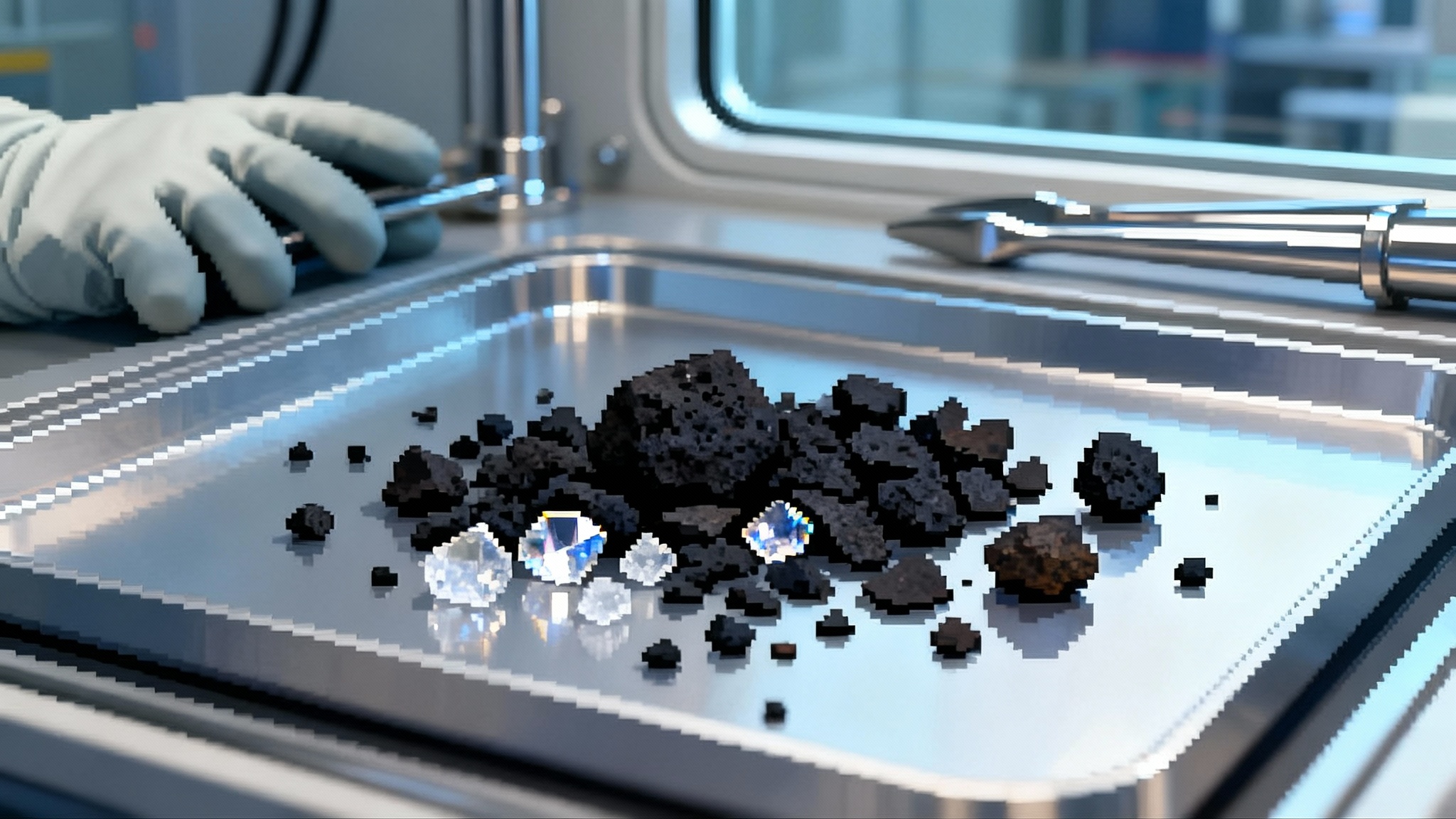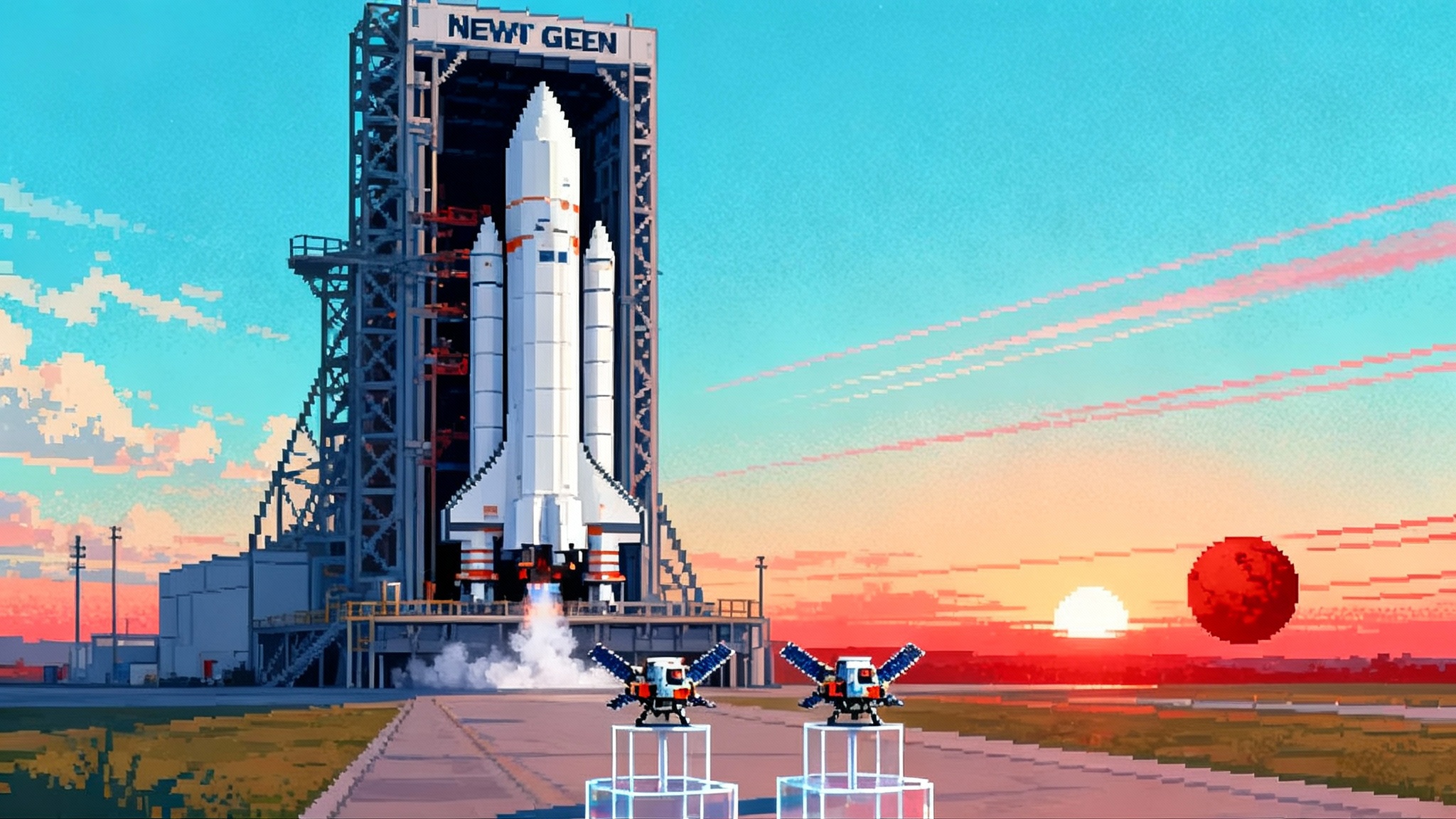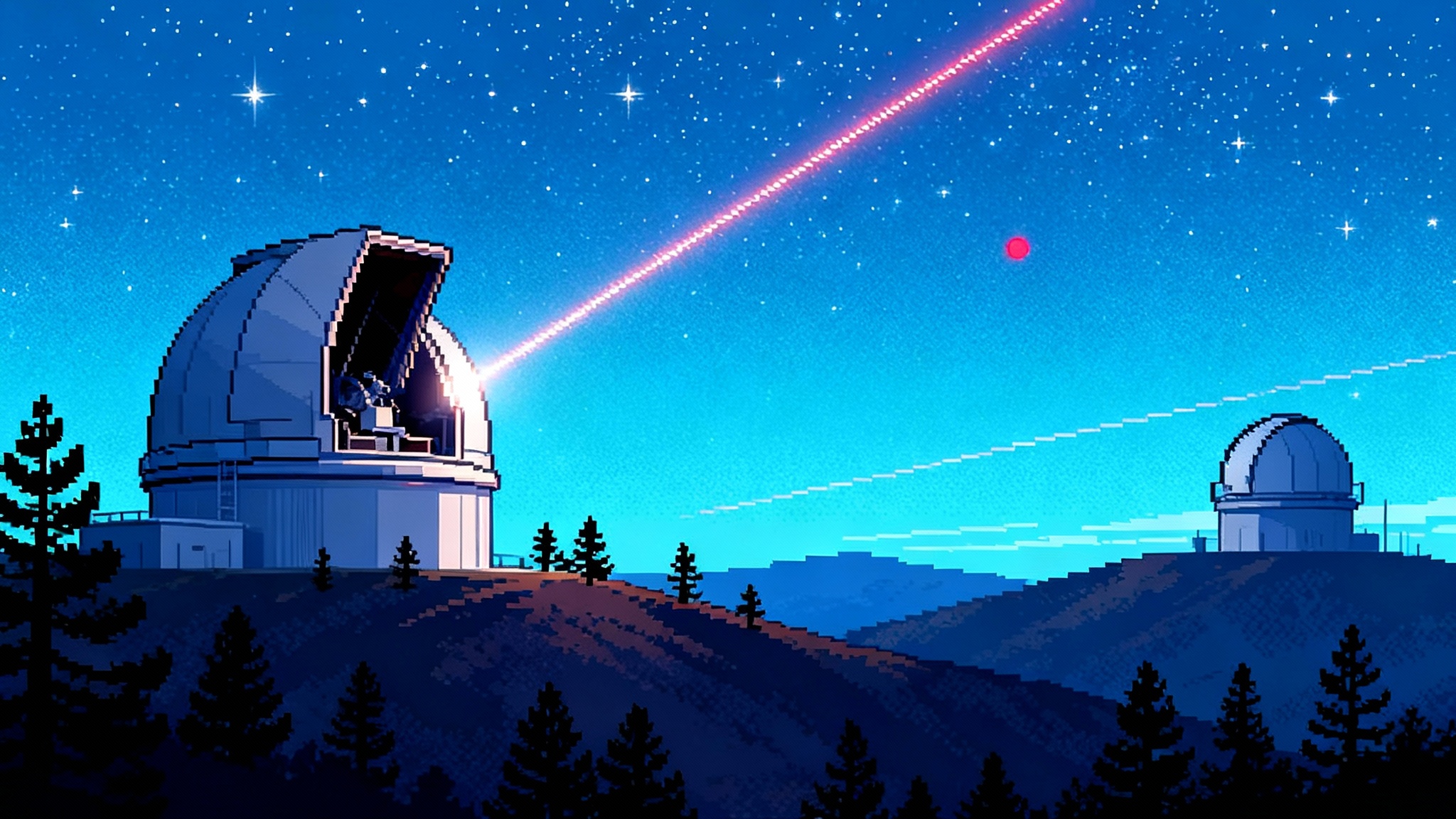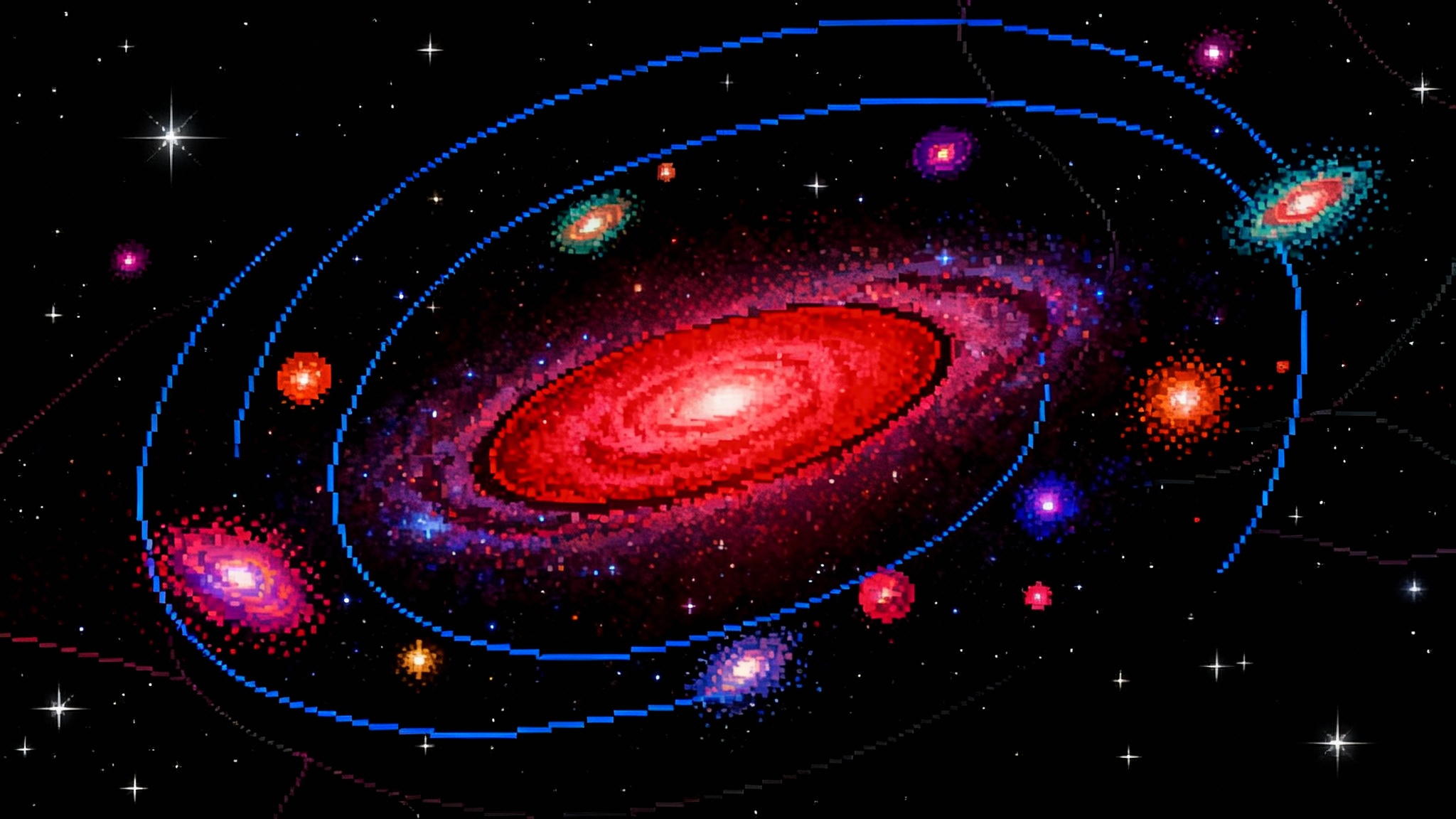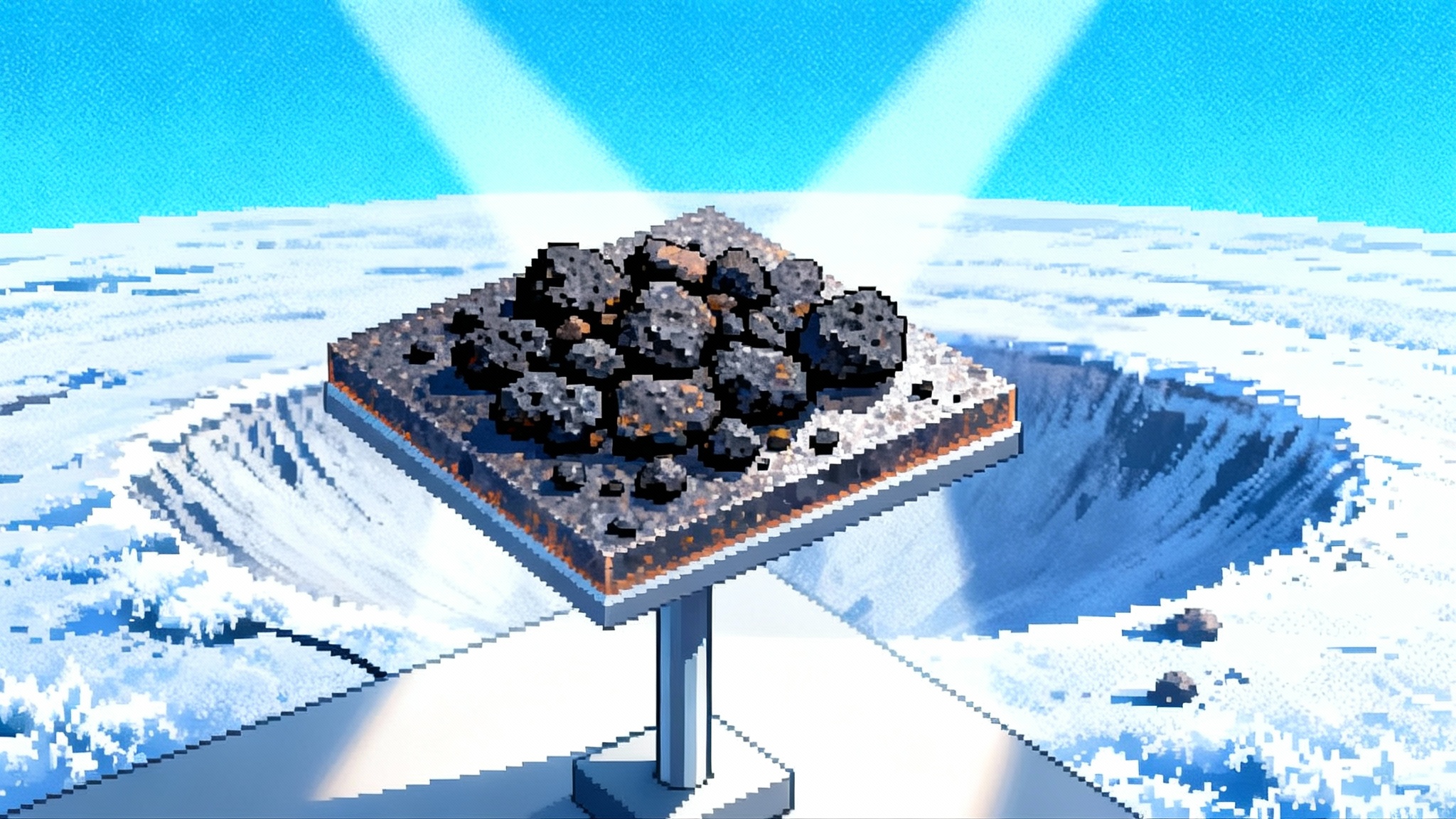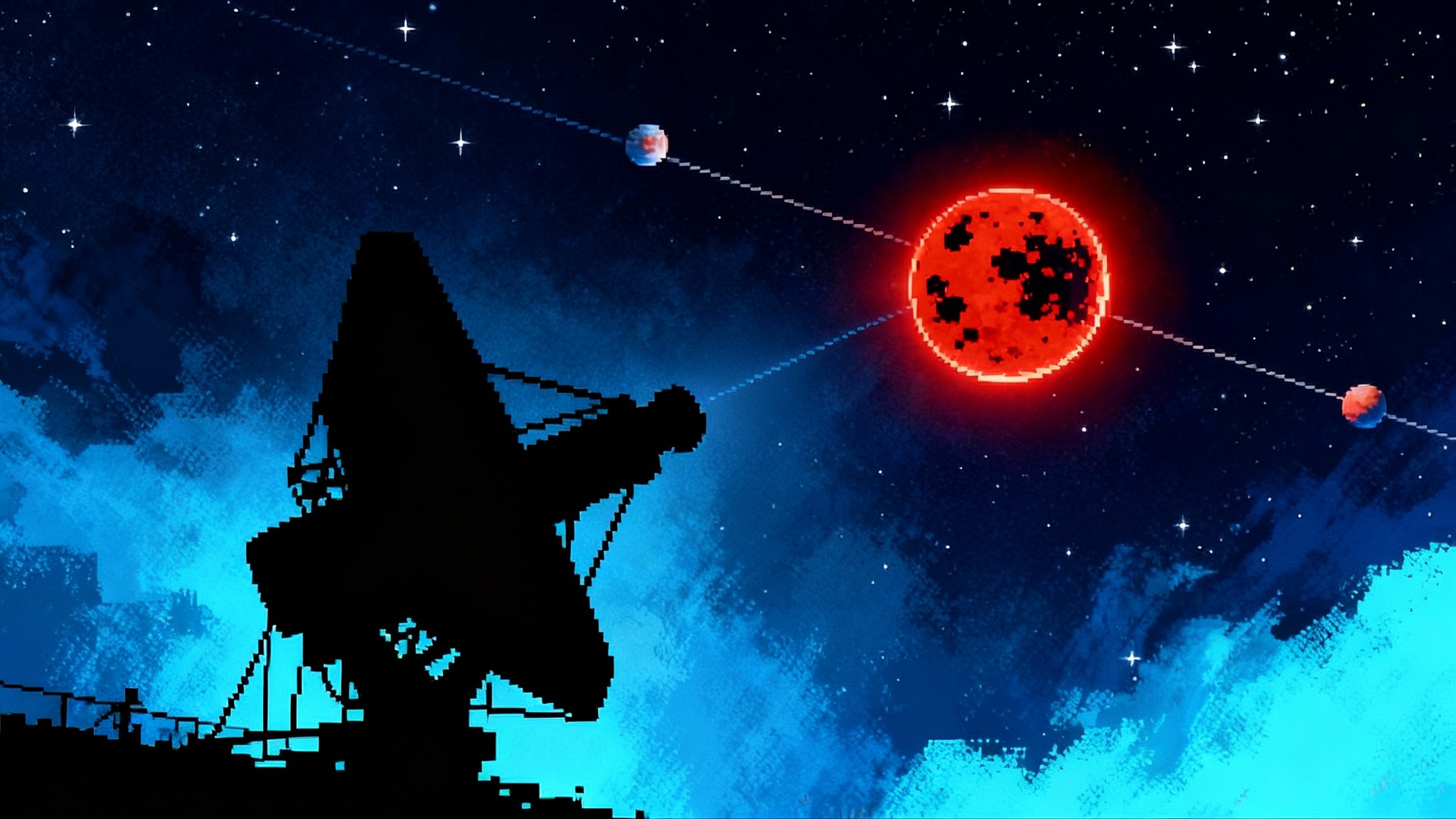Inside the corona at solar max: Parker’s inflection point
With solar activity near its peak, Parker Solar Probe has just skimmed the Sun again, returning rare in-situ measurements from inside the corona. Here is how new data on switchbacks, heating, and dust can tighten space-weather forecasts and guide tougher mission designs.
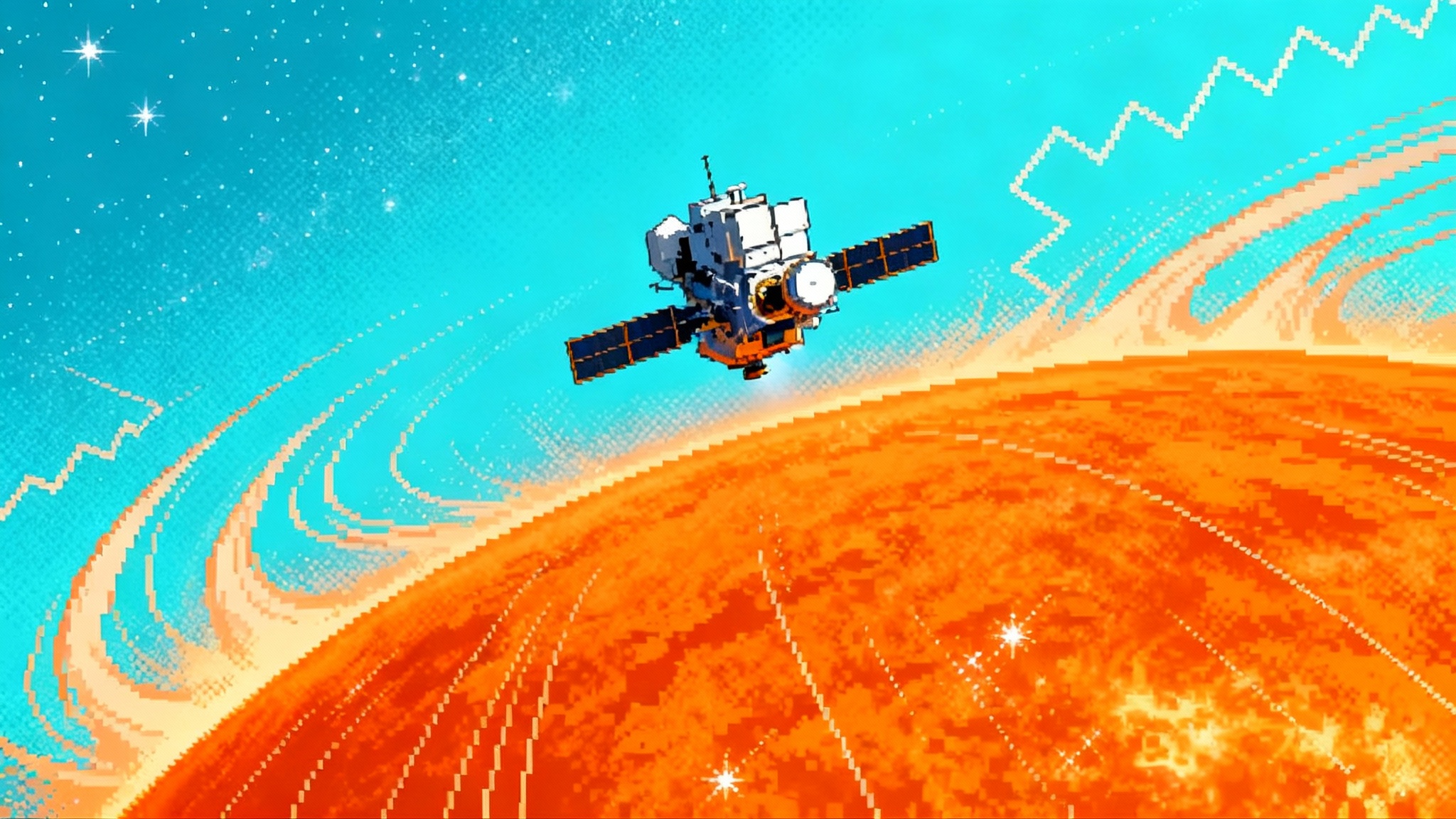
A close pass in a restless season
Solar maximum is noisy, and Parker Solar Probe just sprinted through the heart of it. On September 15, 2025, the spacecraft completed its 25th close pass, matching a record proximity of about 3.8 million miles and a speed near 430,000 miles per hour. NASA confirmed the flyby and a healthy post-encounter check-in days later, noting that science data return would follow. In the mission’s words, Parker completed its 25th flyby while the Sun is in a more active phase.
That timing matters. Perihelia during solar maximum put Parker amid the densest traffic of flares, shock fronts, and tangled magnetic fields. Instead of watching the drama from afar, the probe is sampling the wind, fields, and particles where turbulence and reconnection that power space weather actually happen.
This pass continues a series of closest approaches that began after the final Venus gravity assist tightened Parker’s orbit late last year. The result is a torrent of measurements from inside the corona. Think of it as moving from satellite cloud images to sticking a thermometer in the storm.
Why in-situ beats clever photographs
Remote imagers show how coronal mass ejections billow and merge, and they reveal global structure that even a daring probe cannot sample everywhere. But only in-situ instruments can answer a different class of questions:
- What is the shape of a switchback when you sit inside it, and how does it change as the Sun’s activity ramps up?
- How do waves, turbulence, and micro-instabilities transfer energy into heat and particle acceleration in young solar wind?
- What happens when shock fronts plow through dusty plasma just a few solar radii from the surface?
These are not cosmetic details. They are the knobs in models that decide if a forecast calls for mild aurora or a high-energy particle storm that makes EVA timing risky.
Magnetic switchbacks under solar-max stress
Switchbacks are sudden reversals in magnetic field direction, first seen in abundance early in Parker’s mission. Most evidence points to their birth in the low corona, likely through interchange reconnection where open and closed fields trade partners. Their Alfvénic character and clustering near magnetic funnels strengthen that view.
What is new at solar max is the chance to see how switchbacks behave when the engine is revved up. During peak activity, the corona’s magnetic carpet rethreads faster, high-cadence jets are more common, and CME shock fronts crisscross the same space. The just-returned datasets are poised to test three practical questions:
-
How often do switchbacks seed shock acceleration? If they preload the wind with the right waves and suprathermal particles, CME shocks become more efficient accelerators. That shifts the timing and intensity of solar energetic particle events that drive radiation risk.
-
Do switchbacks survive close encounters with shocks? Structure measurements from this perihelion, when multiple shocks likely crossed the spacecraft, will show whether switchback packets are erased, amplified, or reshaped into larger flux ropes.
-
Can we map switchback patches back to surface features in real time? Denser time coverage at solar max improves magnetic back-mapping from Parker’s location to active regions, sharpening how we tag sources of the slow wind that often harbors the most complex switchbacks.
Answering these will not just settle origin debates. It will give modelers statistics to assign real probabilities to SEP onset and to tune background wind conditions in operational pipelines.
Coronal heating: from hints to a working rulebook
A long-standing mystery is why the Sun’s atmosphere is millions of degrees hotter than its surface. In 2025, a notable piece clicked into place with evidence that a helicity barrier alters how turbulence cascades and dissipates in near-Sun plasma. Using Parker’s magnetic spectra, researchers reported evidence for a helicity barrier: under specific plasma conditions the turbulent energy cascade is constrained, changing how heat is partitioned and how the wind is accelerated.
Why this matters for space weather is straightforward. Heating and acceleration near the Sun set the background wind’s speed, temperature, and wave content. Those, in turn, determine how fast a CME shock ramps up, how efficiently it accelerates particles, and how a disturbance will propagate. This perihelion likely sampled the plasma regimes most favorable to those effects. High Alfvénicity and strong fields during solar max should refine thresholds for when the barrier appears, turning a qualitative discovery into a quantitative rulebook for the inner boundary conditions forecasters apply.
Dust meets plasma: a practical concern, not a curiosity
The closer Parker dives, the more it flies through a changing soup of nanograins and sub-micron dust. Dust sputters, charges, and occasionally vaporizes in impacts, creating tiny plasma clouds that radio antennas detect. Earlier remote sensing hinted at a dust-depleted zone near the Sun. In-situ counts and impact signatures now map how the population changes with distance and activity.
Why should mission designers and forecasters care about dust this close to the Sun?
- Charging and interference: Dust impacts produce electrical transients that can masquerade as plasma waves. Understanding the rate and character of these events helps systems discriminate real space-weather signals from noise.
- Pickup ions and seed populations: Vaporized dust contributes neutrals that become ionized and get scooped up by the wind, adding a seed population that shocks can later accelerate. Parker’s counts during a busy CME season show how variable that seed reservoir is.
- Hardware survivability: Impact rates scale with speed, and at hundreds of thousands of miles per hour even tiny grains matter. Parker’s dust environment measurements are the closest analog for what ultra-fast perihelion missions or star-probe concepts must survive.
Combining WISPR imaging of dust brightness with FIELDS and SWEAP impact diagnostics during this solar-max pass will tighten models of dust density, grain size distributions, and detection efficiency. That matters on the ground because the same parameters influence radio blackout risk, instrument noise budgets, and how we set automatic safe-mode thresholds when the environment turns spiky.
From physics to forecasts: a better boundary condition
Space-weather models struggle most with their inner boundary. If you initialize a CME and solar wind too far from the Sun, small errors in speed, density, or magnetic structure balloon into large arrival-time and intensity errors by the time a disturbance reaches Earth or the Moon. Parker’s measurements reduce that uncertainty in four concrete ways:
-
Shock physics in context: In-situ measurements of shock compression ratio, obliquity, and upstream turbulence within a few solar radii give better SEP onset estimates and spectral shapes for radiation dose planning.
-
A realistic slow wind: Switchback-rich slow wind has different turbulence and composition than textbook fast wind. Feeding that real mixture into background models improves CME drag estimates and thus travel-time predictions.
-
Seed populations quantified: SEP forecasts hinge on the seed population available to accelerate. Parker’s near-Sun counts of suprathermal ions and pickup ions from dust give a local measure rather than relying on extrapolation from 1 AU.
-
Geometry that matters: When Parker samples the heliospheric current sheet and streamer stalks from inside the corona, modelers can validate the topology that remote images suggest. That helps decide whether a CME will couple strongly to a particular stream and ride a fast lane or bog down.
For Artemis or private crews timing an EVA, that translates into earlier and more reliable go or no-go calls. For spacecraft operators, it means less guesswork when setting safe modes and reaction wheel momentum dumps during a storm.
What Parker does that PUNCH and IMAP cannot
This year is a strong one for heliophysics. PUNCH launched as a quartet of smallsats that will image the corona’s transition into the heliosphere, stitching together faint structures over a vast field of view. For the broader context, see our look at PUNCH’s 3D solar wind movies. IMAP is on its way to L1 to map the particle environment flowing into and out of our heliosphere and to provide sustained near-Earth monitoring. For why that matters, read IMAP at L1 mission update.
Parker is the counterpoint. It sees almost nothing in the global sense, but it touches the physics. When a CME blossoms on PUNCH images, Parker’s data tell you what microphysics that front is running into. When IMAP reports a surge in energetic particles near Earth, Parker’s records from a few solar radii off the surface help explain how and when the particles were injected. The trio is complementary, but Parker’s contribution uniquely constrains the models that connect cause and effect.
Designing hardware for the real inner heliosphere
Deep-space vehicles and instruments are being asked to do more in harsher conditions. Parker’s solar-max passes are delivering the empirical environment package designers need:
- Dust impact spectra at very high relative velocities to validate shielding and sensor placement.
- Charging and discharging statistics in coronal plasma, including how often wave activity or dust impacts saturate antennas or field mills.
- Thermal and radiative conditions with real flare and CME cadence, which determine how thermal control systems must handle spikes rather than averages.
These lessons are not only for near-Sun flight. Any mission that trades mass for speed or spends long stretches without real-time ground intervention benefits. For a communications angle on deep-space readiness, see DSOC 218 million mile link.
The inflection point
Parker Solar Probe has already answered questions we could only guess at a decade ago. Yet the perihelion completed on September 15, 2025, during peak activity is different. It folds a mature instrument suite, record-close passes, and a noisy Sun into a single dataset. If the helicity-barrier conditions show up as expected, coronal heating can move from plausible mechanisms to parameterized physics in operational models. If switchbacks are caught feeding shocks during solar max, SEP forecasts will become more reliable. If dust and pickup ion variability near the Sun is quantified, mission designers can finally retire some worst-case guesses.
None of these are one-off eureka moments. They are inputs to a better boundary condition that PUNCH and IMAP will watch play out across the inner heliosphere and near Earth. In other words, Parker’s final close passes are not just mission milestones. They are the pivot where heliophysics becomes readiness for exploration.

